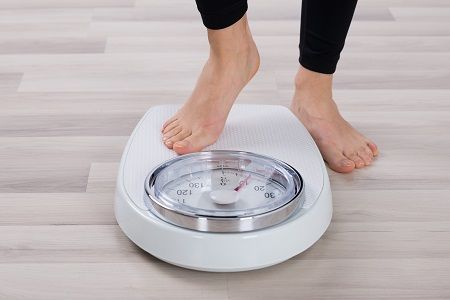Article
Obese Women Can Reduce the Number of Hot Flashes with Exercise
Author(s):
Hot flashes are no stranger to 75% of women in menopause and the symptoms are severe for 15% of them.

Hot flashes are no stranger to 75% of women in menopause and the symptoms are severe for 15% of them, according to researchers from the Texas Tech University Health Science Center.
The team conducted a study to find out if physical activity could reduce hot flashes. The findings were presented at The North American Menopause Society 27th Annual Meeting (NAMS 2016) in Orlando, Florida.
Right now, the gold standard to analyze hot flashes is by assessing skin conductance level. But even with that objective measure, there’s a disconnection with patients’ self-reports. The team said that using both objective and subjective measures will most likely provide valid data on vasomotor symptoms.
Many people are familiar with mobile exercise tracker — it collects data involving energy expenditure, physical activity, and sleep monitoring. Another indirect form of measure is obtained through the handheld device, indirect calorimeter, in order to measure basal metabolic rate (BMR). No trials have looked at these subjective measures in comparison to patient reports. So the researchers assessed if the mobile exercise tracker could gather BMR data.
- MD Magazine is on Facebook, Twitter, Instagram, and LinkedIn!
“Resting energy expenditure decreases with age but also decreases with loss of ovarian function,” the report said. “There is little data on energy expenditure as it relates to the menopause and how influences such as exercise play a role in metabolic rate and how this may play a role in vasomotor symptoms.”
Hispanic women ages 35 to 60 who were overweight (body mass index (BMI) of 30) were gathered for this analysis. All of the participants were experiencing hot flashes secondary to natural or surgical menopause. At the time of enrollment, 42% of the participants reported that they were experiencing an average of five moderate hot flashes a day. Basal metabolic rates ranged from 1320 to 2340.
The women were enrolled into an exercise intervention for eight weeks and their activity was continuously measured through a wristband. In addition, they filled out a daily hot flash diary and a weekly Menopause-Specific Quality of Life (MENQOL) questionnaire. The indirect calorimeter was used twice — once before the exercise intervention began and once after.
“Those women who did not exercise had a decrease in basal metabolic rate,” the researchers concluded. “They continued to have severe hot flashes.”
Also on MD Magazine >>> More News from NAMS 2016 in Orlando



